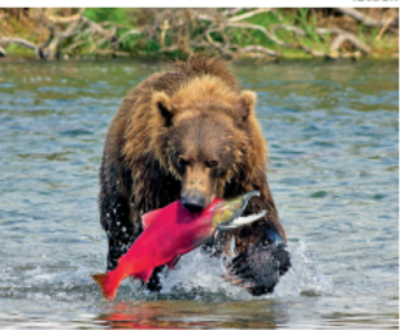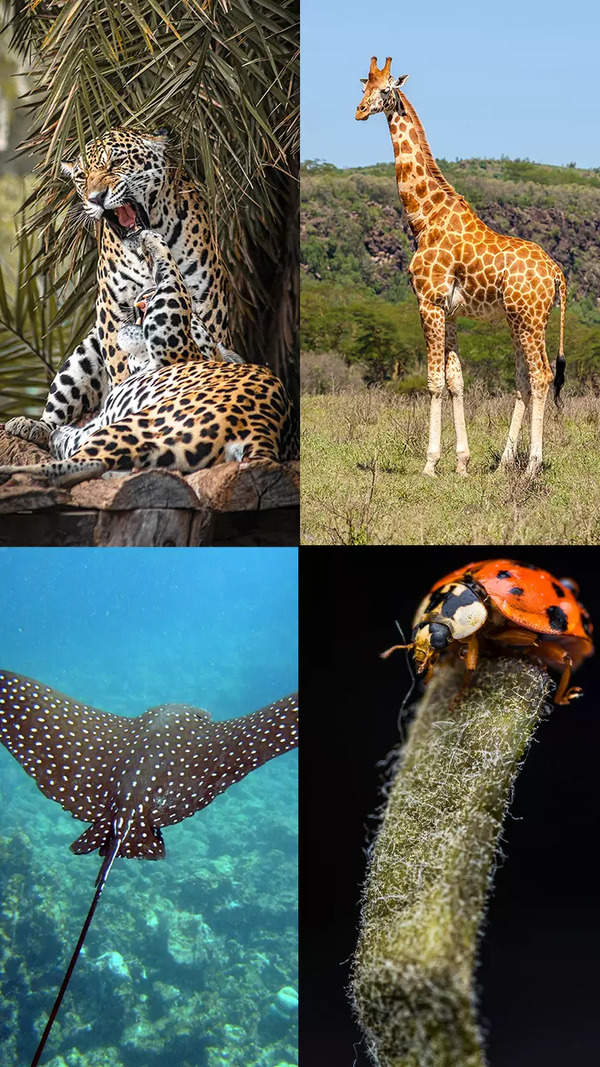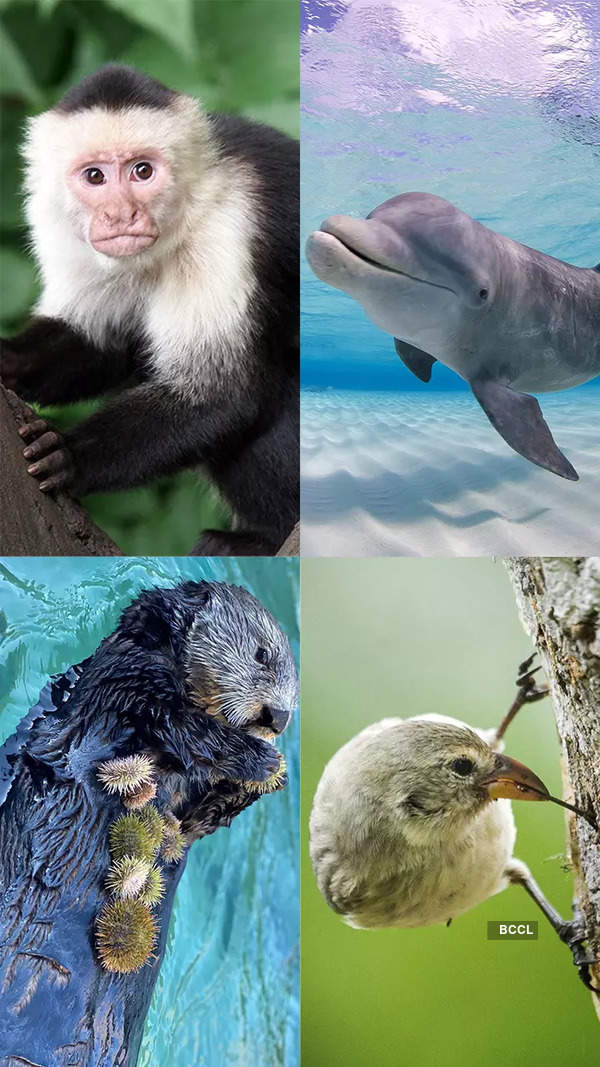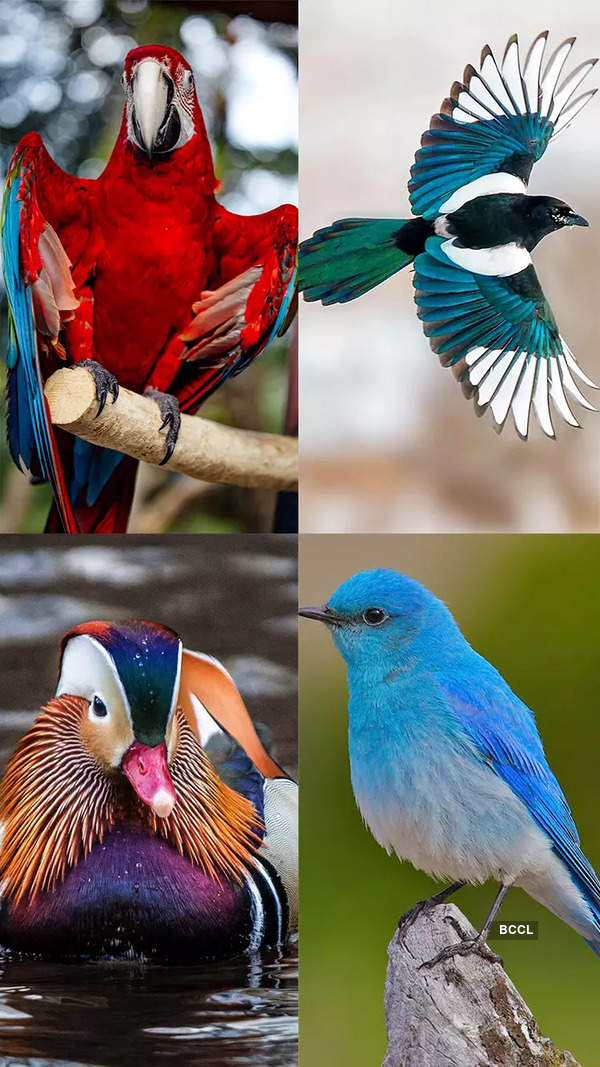- News
- World News
- Rest of World News
- ‘From colonial history to climate change, the Yukon river’s future is intertwined with ours’
Trending
‘From colonial history to climate change, the Yukon river’s future is intertwined with ours’
Bathsheba Demuth examines the Yukon river's watershed, which spans from Canada to Alaska. The region's rich cultural fabric includes diverse indigenous societies and a history of colonial exploitation. The salmon migration is crucial for the ecosystem. Climate change poses significant challenges, affecting permafrost and species distribution. Legal traditions play a key role in shaping human-environment interactions.
I am researching the watershed of the Yukon river which is very long — it’s about 300 kilometres. It starts in northwest Canada and flows through all of Alaska before reaching the Bering Sea and the North Pacific. I am thinking about how different kinds of legal traditions have shaped how people interact with this large ecological space.
What is the cultural fabric of the Yukon region — who lives there?
There are many different indigenous societies including the Tlingit people, Northern and Southern Tutchone, Han, Yup’ik and Gwich’in. It’s a very complex and rich place culturally. Multiple indigenous groups are a part of the river, the ecology they live in held together by these waters, moving from open tundra down by the ocean into boreal forest, up to some of the largest glaciers in northern America, making this a very diverse ecosystem.
A key species which makes this river a central place for both people and animals is salmon — these mature in the ocean and migrate upstream to spawn. After they lay eggs, the adult fish perish while the eggs hatch in freshwater, sometimes 3,000 kilometres from the ocean, and the little fish swim back down and start this cycle again. This two-way movement of salmon is very important for the whole ecosystem.

LUNCH: Bears, inhabitants of the Yukon watershed, benefit from its salmon (Photo: iStock)
When I started writing, I realised that usually when historians write about a river, the history moves in one direction — it follows the way the water takes, travelling downstream, tracking gravity and going into the ocean. So, it’s a one-way movement. But in the Yukon watershed, partly because of this salmon migration, we are looking not just at fish travelling back and forth but their carrying within them an enormous amount of nutrients from the ocean. They bring these back upstream which, in biogeochemical terms, means the salmon are extremely important to the nitrogen cycle in the whole boreal forest — the salmon act like a fertilising pulse, moving up and down the river, enriching the entire ecosystem.

RUNNING DEEP: Flowing across 300 kilometres in the Arctic, the Yukon region has an extraordinary history of salmon journeys, gold mining, colonial exploitation and indigenous beliefs (Photo: Bathsheba Demuth)
They also become food for bears, eagles, wolves, lynx and of course, people. So, when the river is healthy, it’s really moving in two directions — it’s moving water downstream and fish and nutrients upstream. The river is also connected to the ocean in such a way that weather forms over the Bering Sea and moves that water back inland — this becomes rain and snow. So, the Yukon river is almost like a lung which breathes in and out.

Why was the Yukon of such interest to multiple colonial powers?
The region is certainly very far from the centres of such power, be it Moscow or London — but originally, colonial interest was in fur. In the early 19th century, the Yukon watershed was one of the last areas in the far northern hemisphere where very valuable fur-bearing animals hadn’t been trapped into scarcity. Both the British and Russian empires arrived because they wanted marmot, beaver and fox fur.

Map: Wikimedia Commons
By the end of the 19th century, there were major gold finds along the river, so the gold rush of the Klondike — a tributary of the Yukon — brought a huge wave of people in tens of thousands there. That spread along the Yukon, deeply impacting indigenous people and the river itself. This is continuing into the present because gold remains one of the major elements mined out of the watershed.

HELLO, STRANGER... As the Yukon area warms and plants grow, moose show up (Photo: Bathsheba Demuth)
Why, as you highlight, are legal practices so important here?
This is a place where the ideals we have in society about how we should live, secure the future and learn from the past meet with present circumstances — the ideal and the real meet each other in legal circumstances at Yukon. Here, different forms of legal traditions think through how we are supposed to live in the environments we inhabit — the large-scale cosmological thinking behind those practices then impact this ecology.
Suppose you are an indigenous person and your idea of legality is linked to fish — you actually negotiate your relationship with them through your actions. Compare this to if you view fish as just being a resource to be managed to enable commercial fishing at a certain scale. You are then only thinking of trying to avoid extinction as your goal for the fish versus something that is larger and far more encompassing. The Yukon is where all these legal ideas exist simultaneously — the question is, which one has the force of the state behind it?
How is climate change impacting the Yukon region now?
Some of the effects we’re feeling in more temperate parts of the world are already a couple of decades in across the far north because of heating happening much most intensely there. The Yukon flows through a lot of land with permafrost — that is starting to thaw. This is changing how the river erodes, its depth and turbidity or sediments. In some tributaries, the permafrost thaw is releasing metals — these waters are turning a bright orange because of the high metal content.

EMPIRE'S OTHER VICTIMS: Fur-bearing Yukon foxes were relentlessly hunted (Photo: iStock)
There are further impacts of warming. The Yukon is defined by salmon which are cold-water fish — these are having a very hard time as the waters now warm. Meanwhile, new species are showing up. Down by the mouth of the Yukon, historically open tundra with low vegetation, climate change has meant more growth — thickets of willows now bloom instead of the landscape being open. With that, moose are suddenly moving in — further upriver, mountain lions are starting to show up. Locals learnt how to live with bears here — but they are totally startled by mountain lions. Alongside, worries continue as salmon numbers decline.

How should we imagine the Yukon river as a symbol in the Anthropocene?
The Yukon is envisioned as a very distant wilderness which lives far away from politics, environmental change and multiple symbols of modernity. It’s supposed to be unchanging — but it is actually deeply connected to the kinds of changes we are all starting to see in our daily lives. Yet, the Yukon still maintains deep ecological integrity to a large degree, despite a century of intensive mining and climate change — it shows how that is related to the choices we make in our own lives. The Yukon’s future and ours are intertwined.


End of Article
FOLLOW US ON SOCIAL MEDIA









